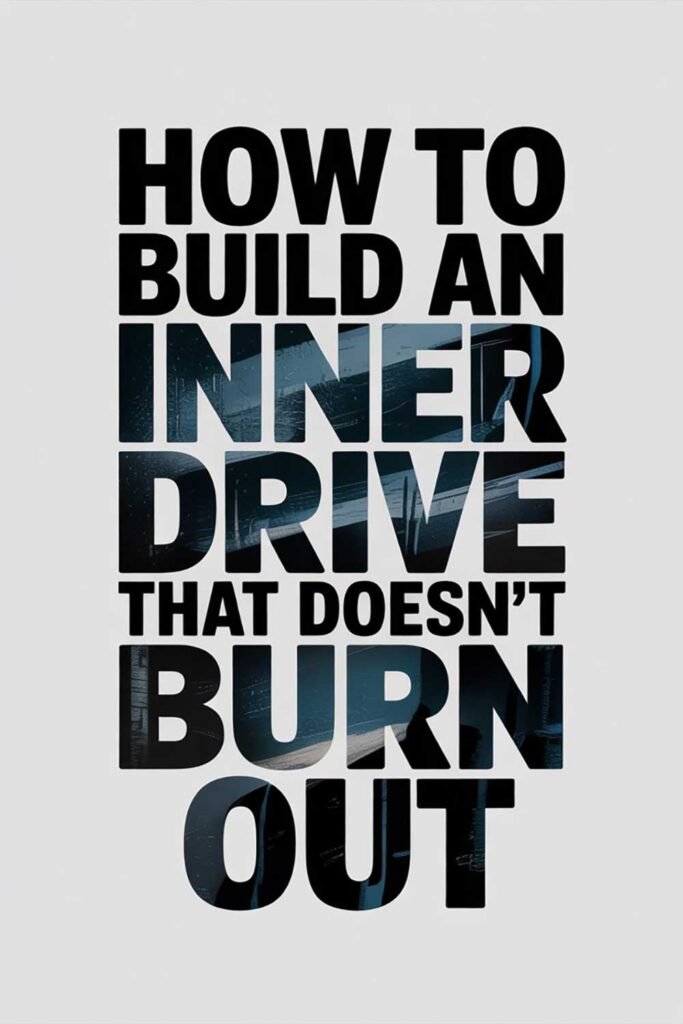
Types of Meditation and Which One Is Right for You
Understanding Meditation and Its Benefits
Meditation is a powerful practice that enhances mental clarity, reduces stress, and promotes overall well-being. With various types of meditation available, choosing the right one can feel overwhelming. Each technique offers unique benefits, and finding the best fit depends on your personal goals, lifestyle, and preferences.
1. Mindfulness Meditation
What It Is:
Mindfulness meditation originates from Buddhist traditions and focuses on bringing awareness to the present moment without judgment. Practitioners observe thoughts, emotions, and bodily sensations as they arise.
Best For:
- Reducing stress and anxiety
- Enhancing focus and emotional resilience
- Beginners looking for an accessible practice
How to Practice:
- Find a quiet space and sit comfortably.
- Focus on your breath, bodily sensations, or surroundings.
- When your mind wanders, gently bring your attention back.
2. Transcendental Meditation (TM)
What It Is:
Transcendental Meditation is a mantra-based technique where a specific word or sound is repeated silently to calm the mind and enter deep relaxation.
Best For:
- Deep relaxation and stress reduction
- Enhancing creativity and cognitive function
- Those looking for a structured, teacher-guided practice
How to Practice:
- Sit in a comfortable position with eyes closed.
- Silently repeat a chosen mantra for 15-20 minutes.
- Let distractions pass without resistance.
3. Loving-Kindness Meditation (Metta Meditation)
What It Is:
This meditation involves cultivating compassion, love, and kindness toward oneself and others through positive affirmations and visualization.
Best For:
- Increasing empathy and emotional resilience
- Strengthening relationships and reducing negativity
- Cultivating self-love and forgiveness
How to Practice:
- Close your eyes and take deep breaths.
- Silently repeat phrases such as, “May I be happy, may I be healthy.”
- Extend the same wishes to others, including loved ones, acquaintances, and even difficult people.
4. Zen Meditation (Zazen)
What It Is:
Zen meditation, rooted in Zen Buddhism, emphasizes seated meditation with a focus on breath awareness and posture. It encourages detachment from thoughts and deep concentration.
Best For:
- Cultivating discipline and patience
- Enhancing focus and inner peace
- Those seeking a structured and traditional practice
How to Practice:
- Sit upright with a straight spine and hands in a specific mudra (hand position).
- Focus on breathing or a koan (a philosophical question).
- Maintain awareness and return to breath when distracted.
5. Guided Meditation
What It Is:
Guided meditation involves listening to a teacher, audio recording, or app that provides step-by-step meditation instructions, often incorporating visualization and affirmations.
Best For:
- Beginners who need structured guidance
- Enhancing relaxation and sleep
- Those seeking motivation and self-improvement
How to Practice:
- Choose a guided meditation from an app or online resource.
- Find a comfortable space and follow the instructions.
- Focus on visualization, breathing, or body relaxation cues.
6. Chakra Meditation
What It Is:
Chakra meditation focuses on aligning the seven energy centers of the body to promote balance and vitality. Practitioners use visualization, breathing, and chanting specific mantras.
Best For:
- Balancing emotions and energy
- Spiritual growth and self-discovery
- Those interested in Eastern spiritual practices
How to Practice:
- Sit comfortably and visualize each chakra (energy center) in your body.
- Use corresponding colors and mantras (e.g., “Lam” for the root chakra).
- Imagine energy flowing freely through each chakra.
7. Body Scan Meditation
What It Is:
Body scan meditation involves bringing attention to different parts of the body, promoting relaxation and awareness of physical sensations.
Best For:
- Releasing physical tension and stress
- Improving sleep quality
- Increasing mind-body connection
How to Practice:
- Lie down in a comfortable position.
- Slowly bring awareness to each body part from head to toe.
- Notice sensations, tension, or discomfort without judgment.
8. Movement-Based Meditation (Yoga, Tai Chi, Qigong)
What It Is:
Movement-based meditation integrates mindfulness with physical movement, combining breath control, posture, and flowing motions.
Best For:
- Those who struggle with stillness
- Enhancing physical and mental balance
- Cultivating mindfulness through movement
How to Practice:
- Engage in slow, intentional movements.
- Coordinate breath with each motion.
- Focus on the present moment rather than external distractions.
9. Sound Meditation (Nada Yoga)
What It Is:
Sound meditation uses soothing sounds such as Tibetan singing bowls, chanting, or nature sounds to promote relaxation and deep concentration.
Best For:
- Deep relaxation and stress relief
- Enhancing meditation through auditory focus
- Those drawn to sound therapy
How to Practice:
- Sit comfortably and listen to soothing sounds or chanting.
- Focus on the vibrations and frequencies.
- Allow your mind to immerse in the auditory experience.
10. Vipassana Meditation
What It Is:
Vipassana, meaning “insight,” is an ancient Buddhist practice that involves observing thoughts and sensations with deep awareness and detachment.
Best For:
- Deep self-awareness and mental clarity
- Strengthening mindfulness and emotional resilience
- Advanced practitioners seeking profound insight
How to Practice:
- Sit in silence and observe breath, thoughts, and sensations.
- Avoid reacting to emotions or discomfort.
- Cultivate deep awareness over extended periods.
How to Choose the Right Meditation for You
With so many meditation techniques, it’s important to choose one that aligns with your goals and personality.
| Your Goal | Recommended Meditation Type |
|---|---|
| Reduce stress and anxiety | Mindfulness, Body Scan, Guided Meditation |
| Improve focus and concentration | Zen, Transcendental, Vipassana |
| Develop self-love and compassion | Loving-Kindness, Guided Meditation |
| Enhance spiritual growth | Chakra, Zen, Vipassana |
| Improve sleep and relaxation | Guided, Body Scan, Sound Meditation |
| Stay active while meditating | Yoga, Tai Chi, Walking Meditation |
Picture This
Imagine starting your day with a meditation practice perfectly suited to your needs—whether it’s a few minutes of mindfulness at work, an evening body scan to relax, or a movement-based meditation like yoga. With time and practice, meditation becomes a natural part of your daily life, bringing calm, clarity, and profound well-being.
Share This with Someone Who Needs It
If you found this guide helpful, share it with a friend or loved one who wants to explore meditation. Together, we can cultivate inner peace and mindfulness.






